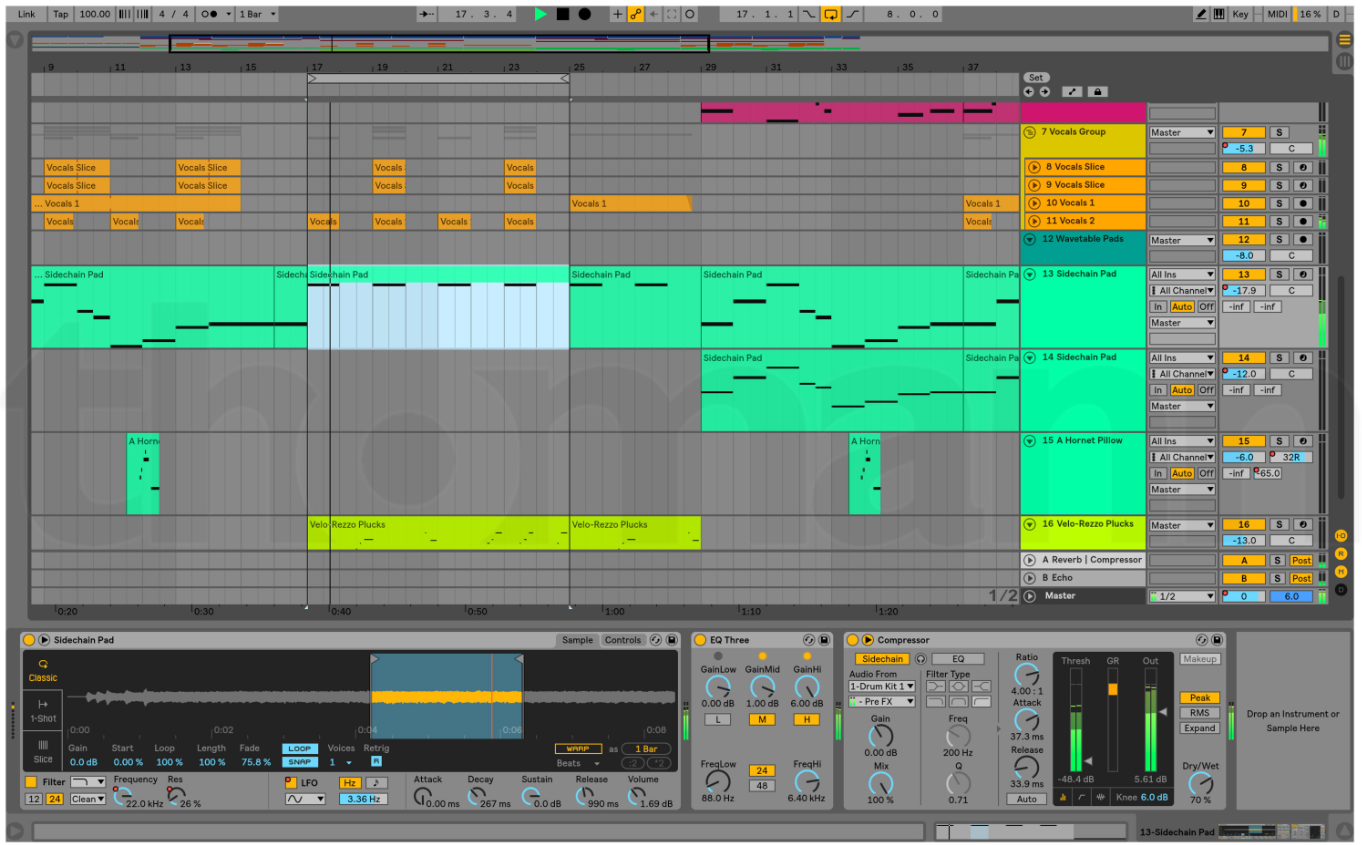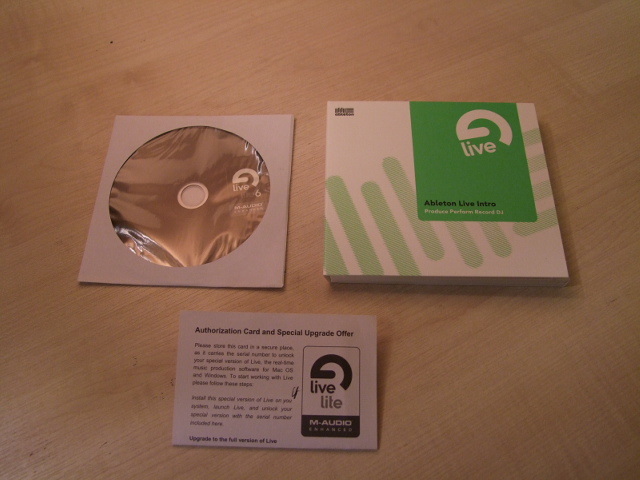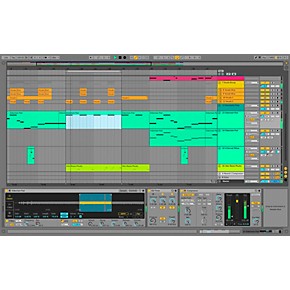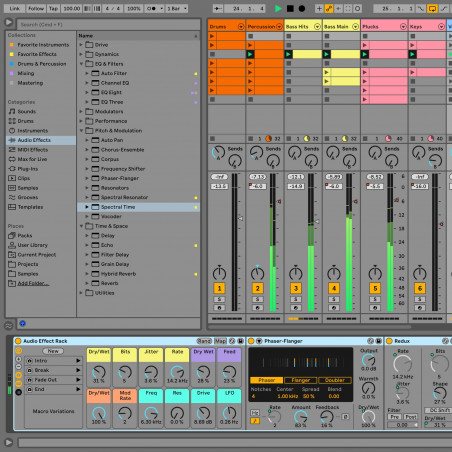

Sampler is only included with Ableton Live Suite.

And then we actually have three different LFOs that we can use.
#Ableton live intro mod
And then on the Mod page, we have an auxiliary envelope that we can assign to a number of things. On the Filter page here, again, we have a single filter and a filter envelope. We've got a pitch envelope that we can use. Now, additionally, Sampler has an oscillator here that we can use for both FM and AM modulation. (tones resonating) So here, we can actually recreate a much more robust version of an instrument by using multiple samples instead of having to stretch one sample to cover all the keys across the keyboard. So if I play middle C, (note resonating) it's triggering that sample, and you see the sample changing down here in the sample overview. And now you'll see a little red thing light up here above the keyboard when I press a key.

In fact, let me pull that down 'cause I need to record enable that track. If I hit this arrow here, as I hit a key on the keyboard, you'll actually see the sample that's being triggered. In fact, I can make that a little taller, and you can see that there's actually a few more. So if you click the Zone tab here, you'll actually notice that instead of having just one sample, every one of these things we see here is a sample. Now, Sampler, if we go to the raw sample wave track, one of the differences is is that we can load and play back multiple samples. So you can see how you can build a much more complex sound for each one of those instruments by layering them. And on the clap there, I've got a couple, as well. If I go to the snare, I've got two snare samples layered.

And if you look on the next track here, where I've built a little bit of a drum rack, if you click the Kick tab, you'll see that there are three kicks layered here.
#Ableton live intro plus
So I get the nice round sound of one sample plus the nice attack of the other one. And now when I press a C1 on my keyboard, (percussive music) I get a composite of the two kicks rather than having just a single sound. And then on the second simpler, let's add number 22. (percussive music) And I'm going to grab that, and I'm going to put this on the first simpler. (percussive music) Actually, yeah, number 17. But what I'm going to do is I like this number 17. If you don't have these samples, you can try it with something similar. And actually, I'm looking for a DTM kick. So let's go here to the search field, and let's type DTM, and I'm going to go to the samples area. And then in that instrument rack, we can take and add multiple simplers. So if we go to the next track, I'm going to load a drum rack here, and then we can take an instrument rack, and we can drop it on one of the pads. So while this might seem limited, Simpler's real power is that we can group or rack a number of these together to layer or create more complex sounds. There's an amp envelope, a pitch envelope, and over here hidden, if you click this little button, you'll see that there's also a filter envelope. So if I go to the Controls tab here, I'll point out that there is a single filter LFO, and then there are three envelopes. (percussive music) Additionally, Simpler includes some synth-like control. Now, if I record enable this track, I can actually trigger this sample by holding down a key on my MIDI keyboard. In fact, I'm going to take the loop clip here from the loop track, and I'm going to click and drag and load it here into Simpler. Now, Simpler plays a single sample, and I've got a blank one loaded here on the Simpler track, and I'm going to load a sample here. So if you would, let's go ahead and let's open up exercise 101. So let's take a look at them so that you're aware of the differences, understand why you might choose one over the other, and show how you can actually convert one device to the other, and vice versa. They're both effective devices, but have different strengths. Before we dig into Sampler in detail, we should start by pointing out that there are two sampling instruments in Ableton, Simpler and Sampler.


 0 kommentar(er)
0 kommentar(er)
